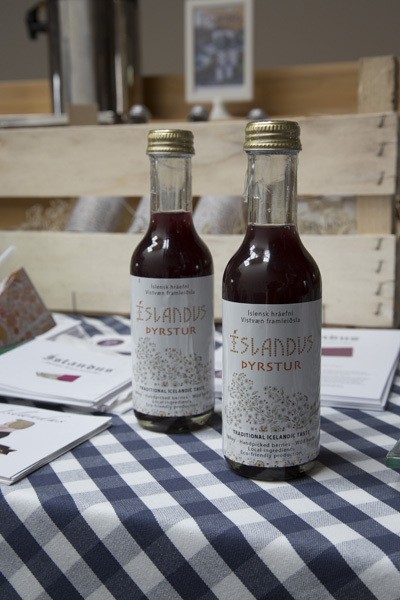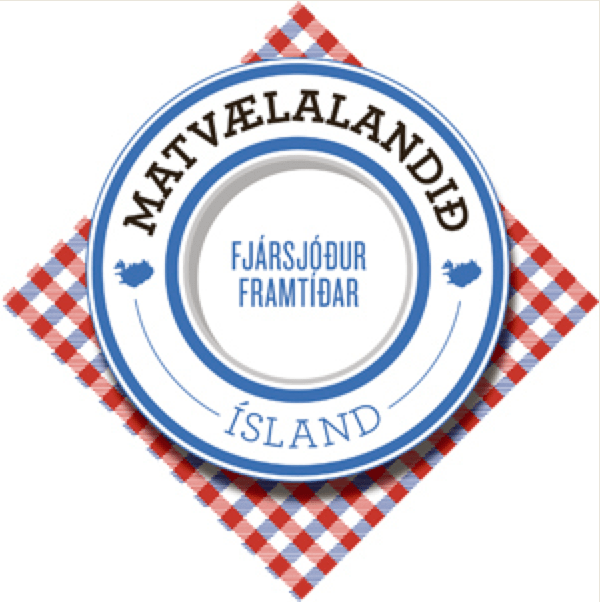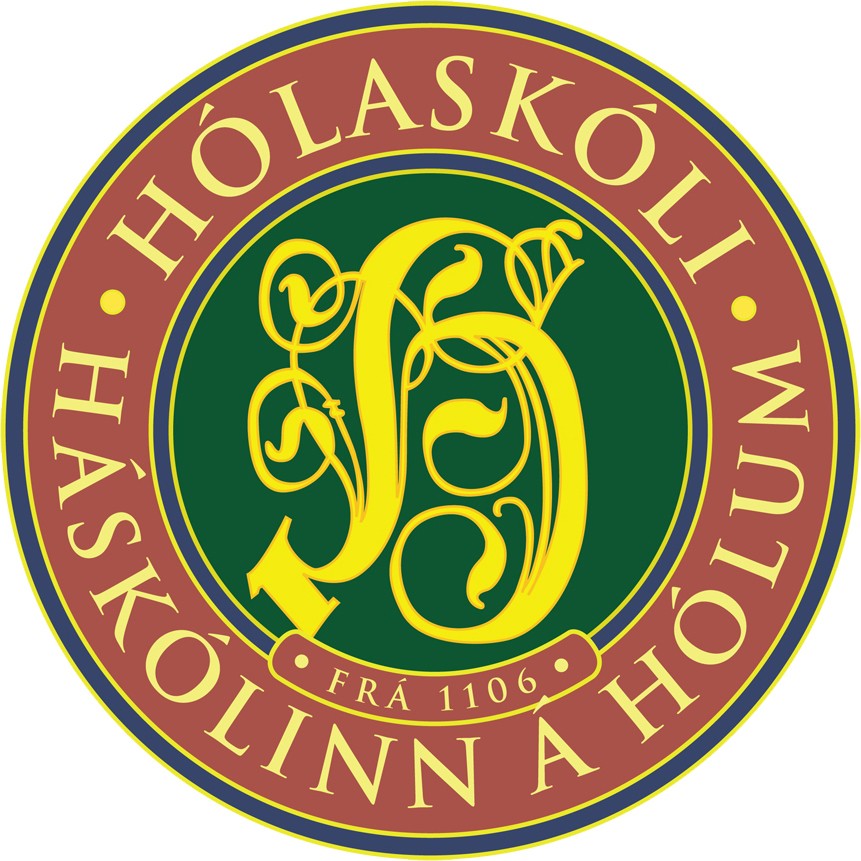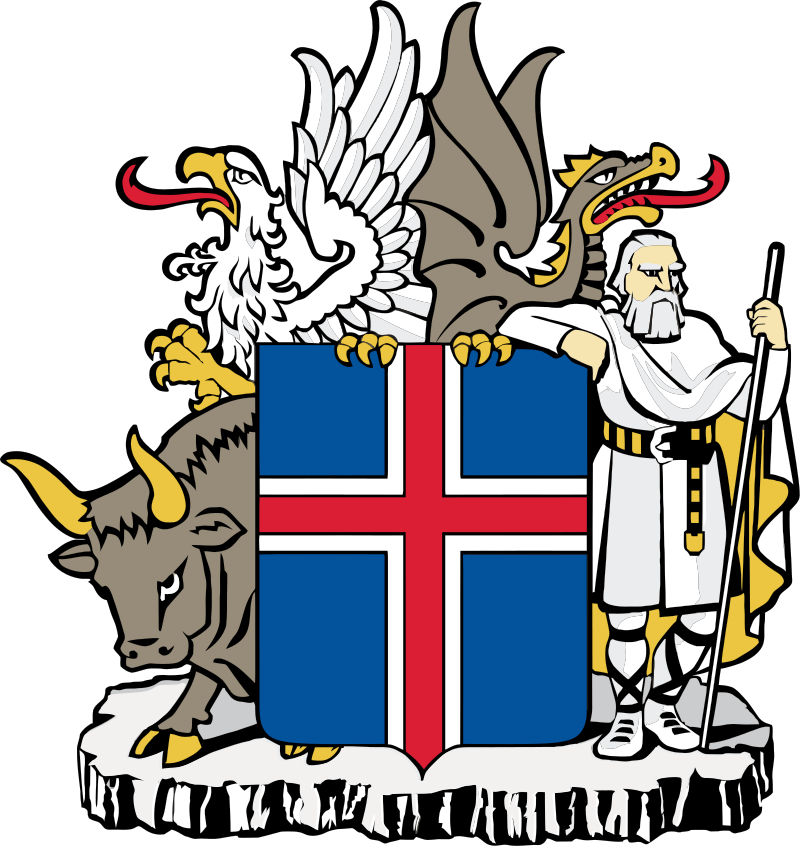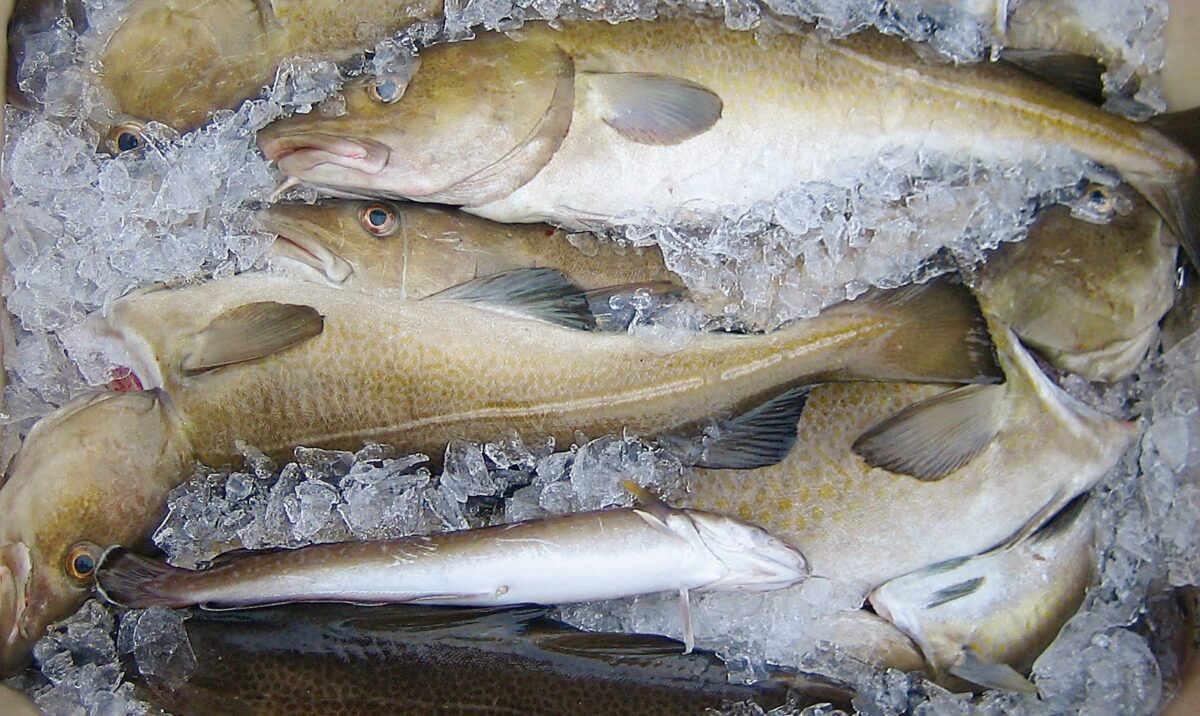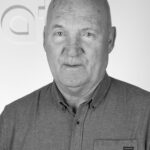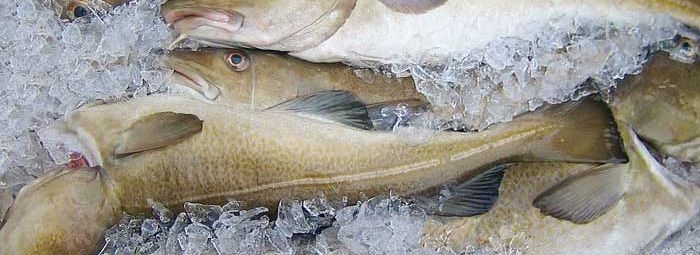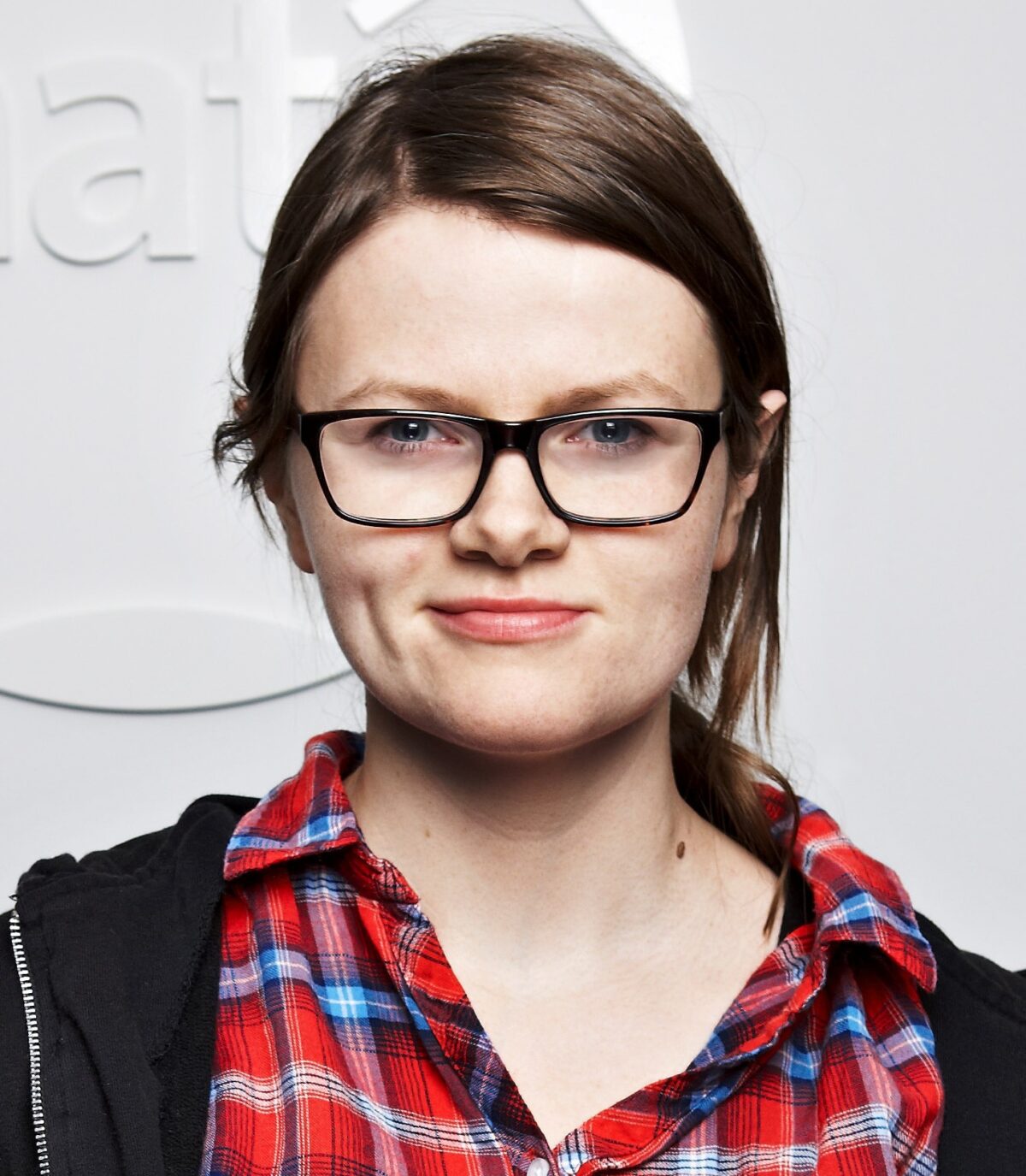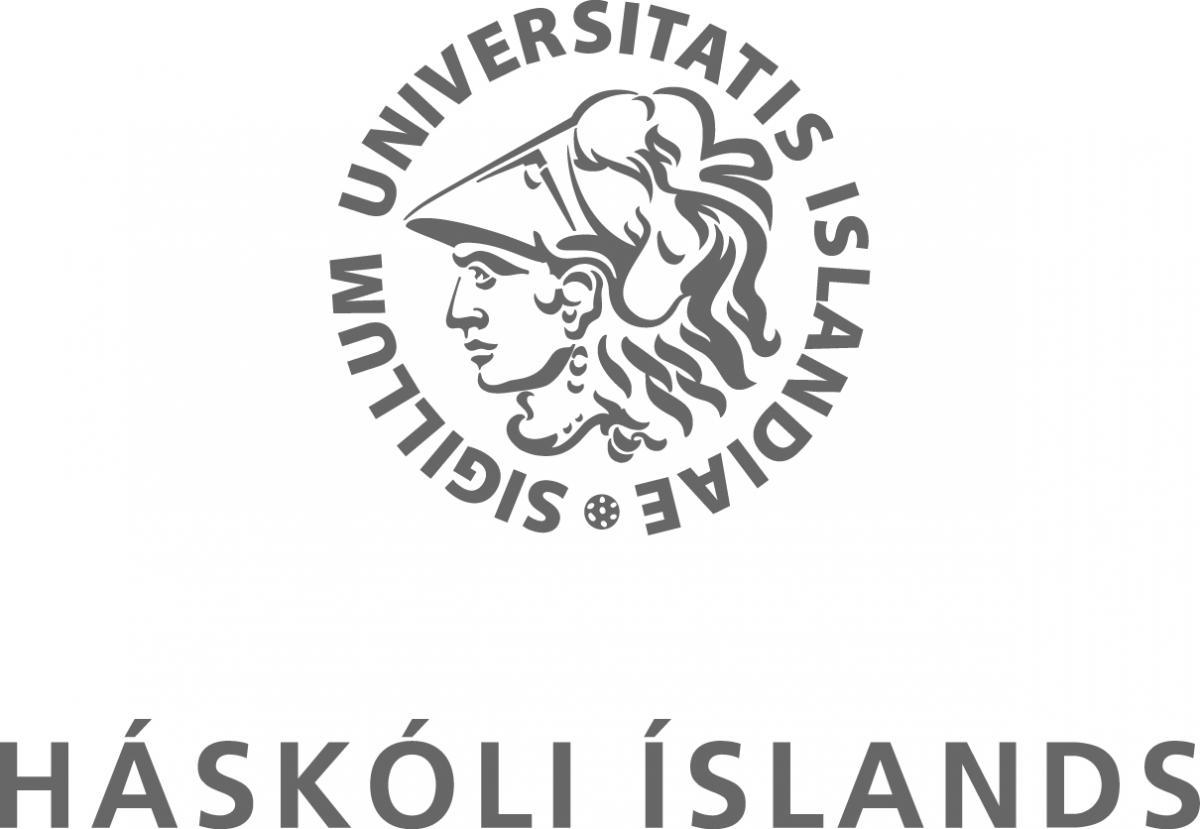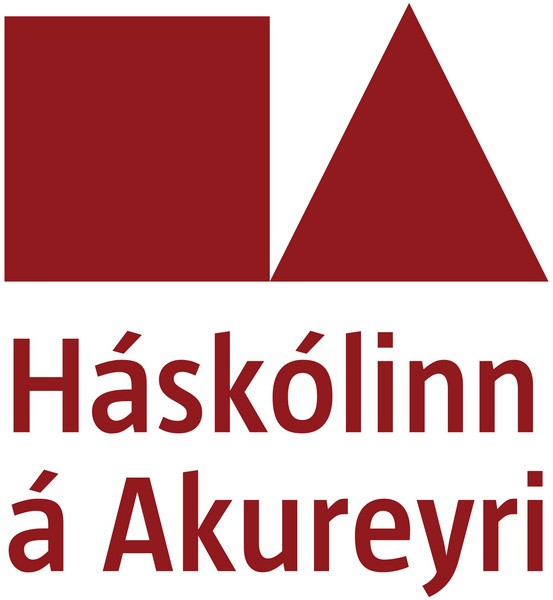On Monday 2 May, Sigríður Sigurðardóttir, an employee of Matís, will defend her doctoral dissertation in industrial engineering at the Faculty of Industrial Engineering, Mechanical Engineering and Computer Science at the University of Iceland.
Opponents are dr. Villy Christensen, professor and director of the Institute of Marine and Fisheries Research at the University of British Columbia, Canada, and dr. Ronald Pelot, Professor at Dalhousie University in Halifax, Canada.
The supervisor was dr. Gunnar Stefánsson, Professor at the Faculty of Industrial Engineering, Mechanical Engineering and Computer Science, University of Iceland. Sigurjón Arason, professor at the Faculty of Food and Nutrition at the University of Iceland and chief engineer at Matís, dr. Sveinn Margeirsson, CEO of Matís, dr. Páll Jensson, professor of industrial engineering at Reykjavík University, and dr. Birgir Hrafnkelsson, Associate Professor of Statistics at the Faculty of Science, University of Iceland.
Dr. Ólafur Pétur Pálsson, professor and dean of the Faculty of Industrial Engineering, Mechanical Engineering and Computer Science, will chair the ceremony.
When does this event start: May 2, 2016 - 2:00 PM Event location: Box Further location: Room 132
Summary of study
Fisheries management is a difficult task that addresses a number of challenges, including an oversized fishing fleet, discards and unprofitable fishing. Fisheries can be seen as a system characterized by human interaction with natural resources. Computerized simulators are useful for raising awareness of fisheries management as well as supporting fisheries management decisions. Models are useful for assessing the impact of changes in fisheries management on various factors, such as fish stocks, employment and profitability. The changes are, for example, fishing restrictions, a change in the allocation of quotas or a requirement that all catch be landed.
The aim of the study was to promote better fisheries management. The purpose was to develop models and simulate fisheries management systems with the aim of comparing different approaches to fisheries management. This is done by looking at their impact on selected variables, which are either economic, biological or social. The main contribution of the study is to present methods that have so far been little or not used in this field. The research is interdisciplinary and combines modeling and simulation that has its roots in engineering and fisheries science based on ecology, economics and sociology. Three models were developed, a hybrid dynamics model consisting of a system dynamics model and a discrete-event simulation model and a new type of model similar to unit models. .-agent-based models). One part of the study dealt with discards, where twelve methods for reducing discards were systematically evaluated with a so-called SWOT analysis, which involves identifying strengths, weaknesses, threats and opportunities.
About the doctoral dissertation
Sigríður Sigurðardóttir was born on December 1, 1983. She completed her B.Sc. degree in 2007 in industrial engineering and a master's degree in the same subject in 2011. Sigríður's master's thesis dealt with models and ways to streamline milk processing at Mjólkursamlag Kaupfélag Skagfirðingar. In parallel with her doctoral studies, which began in 2011, Sigríður has worked for Matís on various projects, especially in the fisheries sector. Sigríður spent part of her studies abroad; at the University of California, Berkeley and Chalmers University of Technology in Gothenburg and was supervised by professors there.
Sigríður's husband is dr. Egil Maron Þorbergsson and they have a daughter Anna Ísafold.


